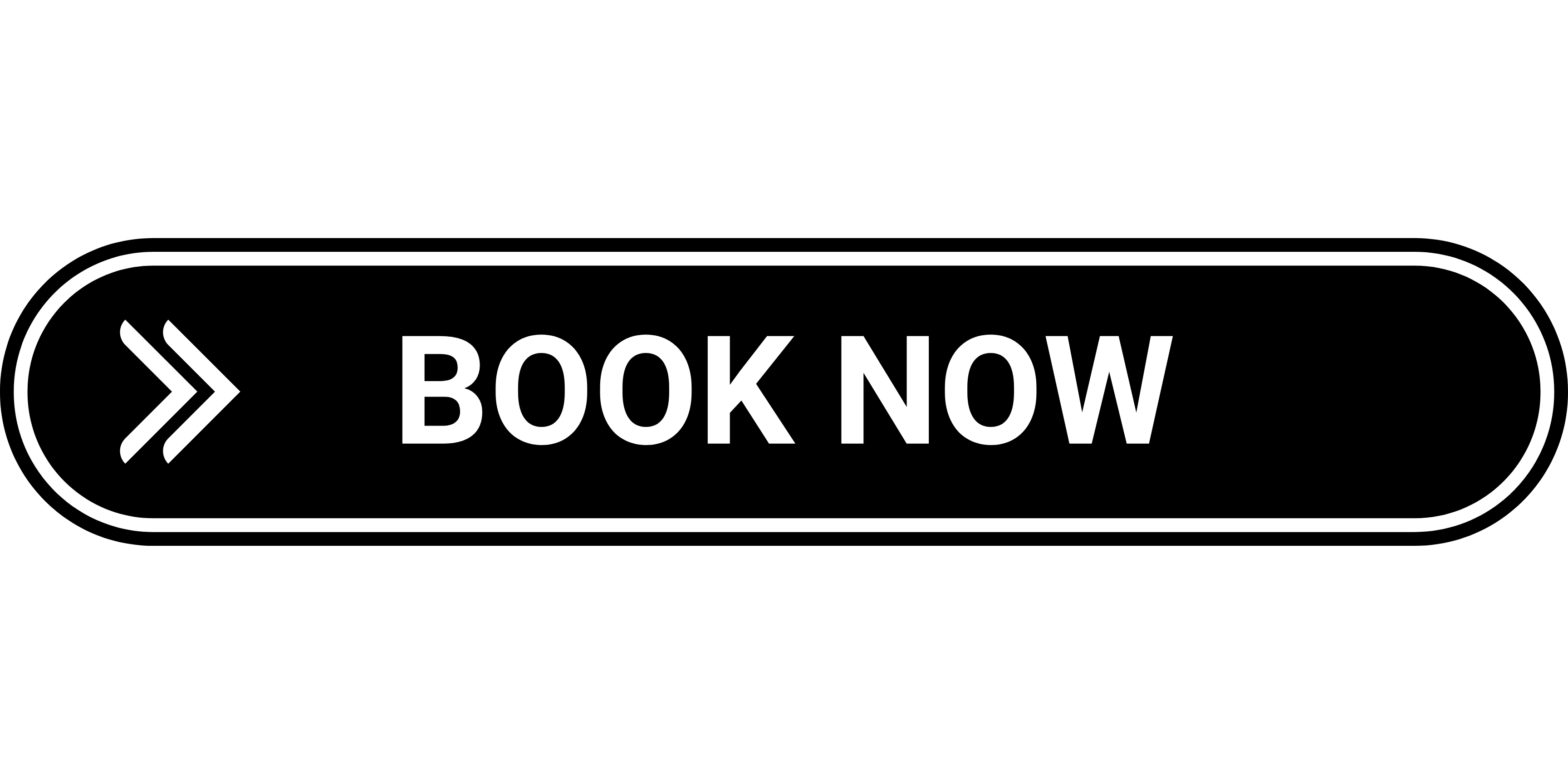How can neurofeedback help you reach peak performance?

The beginning of the year is a chance to reaffirm the commitments we made to ourselves. Most of our resolutions are not necessarily about following through with rigid tasks, but rather about improving some aspects of our lives and making healthier decisions in the year to come. Many people use them as opportunities to start eating better or to improve their physical shape. Others take on book challenges and classes, aiming to refine their skills or learn new ones. And some of us decide to get more creative and develop our artistic side.
Neurofeedback is a method of brain training that can help us reach physical and intellectual peak performance.
We evolve constantly. Depending on the effort we put in, our capabilities can develop or dampen over time. Just as we exercise our muscles and reflexes, we must also keep training our brains.
Lucky for us, the brain has an innate ability to change and adapt as a result of experience. This process is called neuroplasticity. By repeating or experiencing certain tasks, the brain creates new efficient neural pathways, helping us to get better and better at them. A good example is a musician identifying the key of any musical piece after years of training (or even developing perfect pitch).
Neurofeedback sessions use brain exercises to trigger neuroplasticity, thus gradually enhancing your abilities.
Here are three aspects in which you can achieve peak performance with the help of neurofeedback.
Intellectual performance
Using an EEG that records brain activity, neurofeedback exercises teach the brain how to reorganize on its own. This gradually helps our cognitive processes and leads to better use of our intellectual capabilities.
During neurofeedback sessions, the client is asked to watch a screen and perform tasks that promote a certain kind of healthy brain activity. When performing actions correctly, they receive immediate feedback, which often translates into long-term changes in brain activity. This is possible with the use of specialized software, like NeurOptimal®.
These mental exercises have many applications and they can target specific skills upon which the client wants to work (e.g. memory, attention, language, communication, relaxation). Among other benefits, a neurofeedback client can experience:
- Improved memory
- Reduced stress and anxiety
- Better cognitive processes
- Reduced cognitive decline due to age
- Increased focus and faster connections
- Higher learning retention
Successful entrepreneurs, CEOs, and managers use neurofeedback to stay sharp and astute. Striving in the business world requires vision, clarity, and fast-thinking, all of which can be honed by training your brain.
Students can benefit from this therapy to help them study and to ease the stress of exams. Even NASA uses neurofeedback for intellectual fitness.
Athletic performance
Mental health and optimal brain function are crucial for an athlete. Always traveling and competing, an athlete’s training does not resume to exercising correctly and eating healthy. A focused mind, healthy sleep patterns, and emotional balance can provide an edge.
Many professionals, such as Olympic athletes (e.g. US Olympic Ski Team), golf players, or high-profile soccer players (e.g. the Italian soccer team) use neurofeedback to enhance their skills and improve their general performance.
Here are some of the benefits of neurofeedback on sports performance:
Resilience: In high-pressure situations, endurance is key. Athletes can gain resilience and reduce the impact of constant travel and effort, increasing their ability to adapt and take on challenges.
Higher focus, fewer distractions: Any type of sport requires sharp focus. But distractions are all around, especially in competitions, when audiences cheer, boo, and comment on every choice. Neurofeedback can improve concentration, thus eliminating potential distractions that could disrupt performance.
Emotional balance: The stakes are high, so emotions run high. For an athlete, years of training can be reduced to a few minutes of play. Whether positive or negative, it’s easy to lose control and ride a wave of emotions, which can have an impact on general mental health. This kind of therapy trains mood control and reduces anxiety. Through consistent sessions, athletes can manage their stress levels.
Better sleep patterns: Basketball player Tobias Harris (Philadelphia 76ers) has referred to neurofeedback as his “dirty little secret” for reaching the top. With neurofeedback, he was able to combat fatigue and gain consistent sleep while respecting the NBA’s strict schedule. This type of brain training balances the brain waves, calms the mind, and stabilizes the heart rate, which leads to better sleep.
Injury recovery: Many athletes experience repeated blows to the head, and even severe injuries. Neurofeedback is a great tool for recovery, with long-lasting positive results.
Artistic performance
Artists can benefit from brain training too. Performing artists, dancers, musicians, and actors, are often under the same kind of pressure as athletes. Their bodies are tested, their minds are working pragmatically and creatively at the same time.
In both their practice and their live performances, artists have a great need for:
- Presence of mind
- Dexterity
- Mental swiftness
- Emotional control
- Creativity
- Concentration
- Coordination
- Authenticity
Neurofeedback aimed to improve artistic performance targets and balances the brain’s waves. The alpha waves are responsible for a state of calm, mental coordination, alertness, and mind-body connectivity, while the theta waves are responsible for a state of drowsiness and daydreaming.
Creating a balance between being present and being creative can aid artists in their process of reaching peak performance.
Are you ready to become your best self?
Reach out and start working towards your peak performance with the help of a certified brain coach.




